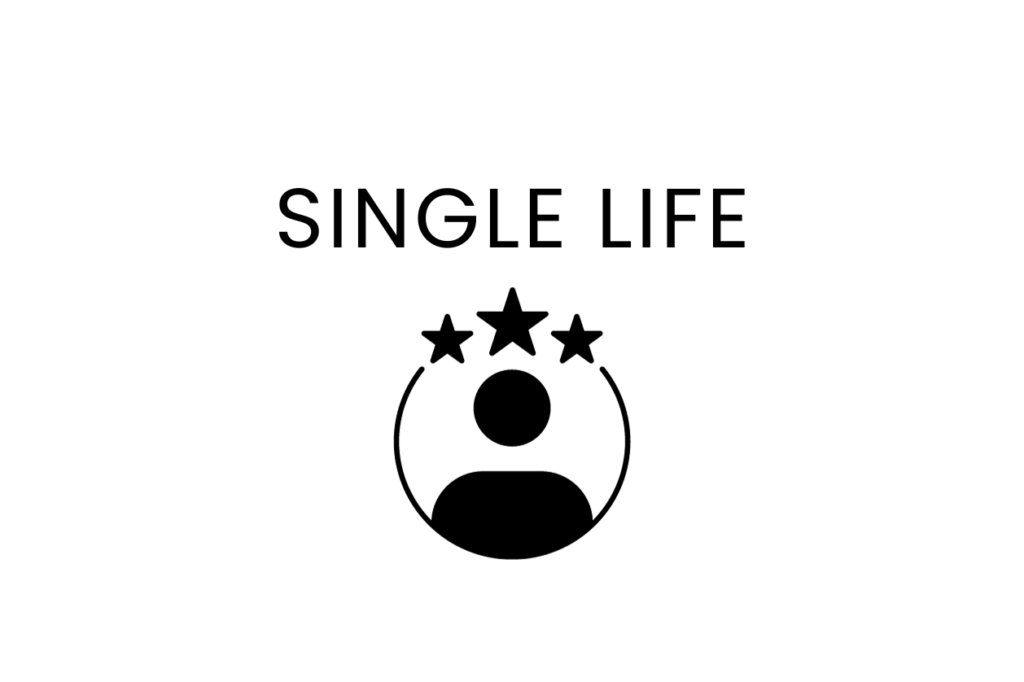Elizabeth Long shares 6 tips to minimise energy and water use at home this winter. With the cost of living crisis pushing the cost of energy to record highs, many of us are looking for new ways to cut down on our energy usage and save money. Minimising energy consumption is also beneficial for the environment – something increasingly important to many of us as we see the impact of climate change on our weather.
6 Tips To Minimise Home Energy & Water Use This Winter
Sustainable Living | 22nd May 2023 by Elizabeth Long
Elizabeth Long writes for CompareTheMarket.com and shares 6 tips to minimise energy and water use at home this winter.

With the cost of living crisis pushing the cost of energy to record highs, many of us are looking for new ways to cut down on our energy usage and save money. Minimising energy consumption is also beneficial for the environment – something increasingly important to many of us as we see the impact of climate change on our weather.
Cutting down energy and water use protects both the planet and our wallets, so it’s important to take stock of our current usage habits and adopt a more modest approach to energy and water consumption. Here are six tips and tricks for cutting down on your energy and water use:
1. Turn off standby mode and vampire devices
Many modern appliances, such as televisions and laptops, have a standby mode that keeps them in a state of low power so they can boot up quickly when turned on. This may be convenient, but it’s a waste of energy, particularly if you leave appliances in this mode most of the time. Cut down on your energy use by making sure the appliances are fully off when you’re done using them or by switching them off at the plug.
Lots of appliances can be turned off at the socket without losing their programming, but check instructions if you’re unsure. For example, if your Smart TV is set to record a show, it may need to remain on standby. Unplug chargers when they’re not in use too. Chargers for phones, tablets, razors and electric toothbrushes are all known as ‘vampire devices’ because they drain energy when plugged in.
2. Consider sustainability when doing home renovations
If you’re planning any renovations to your property, consider sustainability along the way. For any major work, such as adding an extension, be sure to insulate it thoroughly to minimise heat loss and consider the possibility of adding insulation to your whole house. If you’re transforming your garden, opt for drought-resistant grasses that require much less water than typical garden lawns.
When replacing a kitchen, choose appliances with a good energy efficiency rating – A is the highest in the new appliance energy rating system. When replacing a bathroom, look for water-saving products like a low-flow showerhead.
3. Change how and when you wash your clothes
When it comes to wet appliances, washing machines and dishwashers account, on average, for 14% of our energy bill. Lots of energy is required to heat water in these appliances, and they use a lot of water. First, cut down on usage by washing clothes less often. You don’t have to wash garments after every wear, and you can air clothing outside or next to an open window to freshen it up between washes.
You should also change how you wash your clothes. 30 degrees is adequate for thoroughly washing clothes, and even 20 degrees is enough for clothes that aren’t heavily soiled. It’s also more efficient to do fewer large loads than lots of small loads, so save up your dirty clothes and do laundry less frequently.
4. Avoid watering plants with fresh water
House plants don’t need fresh water to thrive, so try watering them with reused water or rainwater. Use a bowl of water to wash fruits and vegetables, then pour the wastewater into a watering can rather than down the sink. You could even use grey water, such as dishwater or bathwater, to water plants during particularly dry periods. Research from the RHS suggests there is little harm in using grey water for a few weeks to cut down on tap water usage.
Rainwater is a brilliant alternative to tap water for tending to your garden. Install a water butt in your back garden. They tend to store around 200 litres of water. If you use tap water for gardening, avoid using a hosepipe or sprinkler as they make it far too easy to use excessive amounts of water. Use a watering can instead.
5. Swap baths for short showers
A five-minute shower uses a third of the water that a bath uses. If you use less water, you use less energy to heat the water. Switching baths for showers is, therefore, one of the simplest ways to cut down on both energy and water use. However, it’s important to keep showers short.
If your showers regularly last longer than 10 minutes and the water is running the entire time, it’s more economical to have a bath. So if you want to relax and unwind, a long hot bath is better than a long hot shower. If you’re merely getting clean, opt for a short, efficient shower.
Another good way to cut down energy and water use when showering is to turn the water off when you’re not standing directly under it. For example, if you’re lathering your hair, giving time for conditioner to soak into the hair or shaving, there’s no need for the water to be running at the same time.

6. Use mirrors and light walls to brighten dim rooms
If your home often feels dimly lit and forces you to switch lights on in the middle of the day, try the mirror trick instead. Mirrors can catch daylight and bounce it around the room to brighten up dark areas. It can take some experimentation, but some strategically-placed mirrors can work wonders for improving the flow of light through your home so you can avoid turning on lights.
The colour of your walls also impacts brightness. Light colours such as white and cream reflect light easily and make a room feel brighter and bigger. Repainting your home in lighter shades could help you cut down on the number of lights you use and how often you use them.
Adjust habits gradually to reduce energy and water use
Most of the tips and tricks listed above are simple and inexpensive. The tricky part is changing habits. Aim to adopt one new habit every couple of weeks until your eco-friendly habits become second nature.
Share this post:
Hear from Solo Living now and then by signing up to our mailing list





















